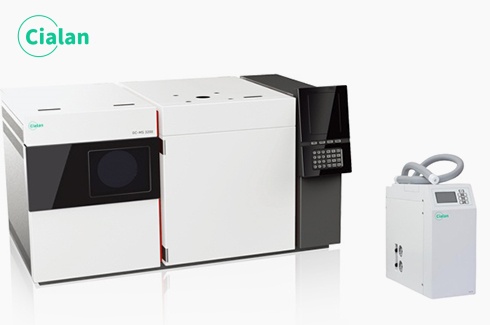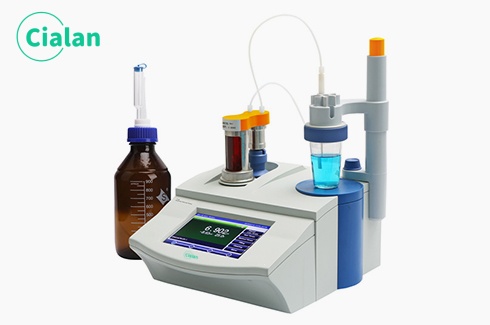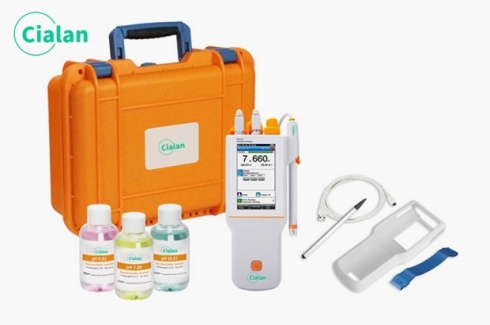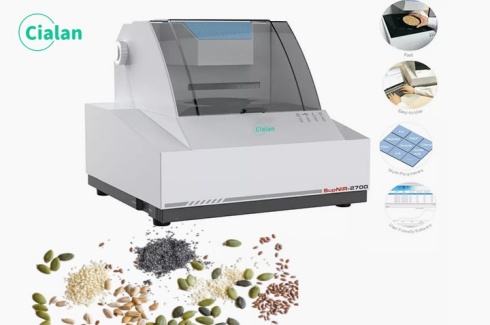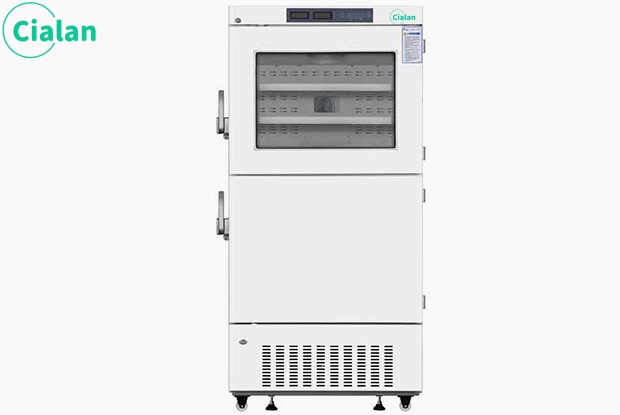What is the temperature range and application for a medical refrigerator/freezer?
Medical refrigerator/freezer
Sample storage equipment is the basis for maintaining the activity and stability of biological samples. According to the temperature section, sample storage equipment can be divided into:
2-8℃ medical refrigerator/freezer
Temperature selection is commonly used for medicines, vaccines, reagents, culture media, etc. Such samples will be stored as the temperature rises and they will undergo chemical changes. When the temperature drops, they will freeze and cause quality deterioration.
4℃ blood storage medical refrigerator/freezer
Regarding the storage temperature of whole blood and red blood cells, although low-temperature storage can help reduce the metabolic rate of red blood cells, it will accelerate glucose consumption, lead to electrolyte imbalance and affect the safety of blood transfusion. Generally speaking, the oxygen carrying capacity and oxygen affinity are high at 4°C.
-25℃—-40℃ low temperature refrigerator
Applicable temperatures for various types of plasma products and biological macromolecules. 0--60℃ is the crystallization temperature of water. The crystallization process will damage the microstructure of cells and tissues. Purified biological macromolecules can be stored within this temperature range for a certain period of time, but they cannot be used to preserve cells and tissues for a long time. Therefore, 0-60°C is usually not used as a storage temperature in biological sample banks.
-86℃ ultra-low temperature refrigerator
Common temperatures for cryopreservation of microbial strains, macromolecules, blood products, cells, tissues, etc. are lower than the crystallization temperature of water, which greatly reduces the biological activity of the sample and avoids structural damage to the sample. Based on the convenience of operation, storage capacity, Cost considerations are a common temperature for long-term preservation of the activity of biological macromolecules. -80°C is also a common applicable temperature for automated access equipment. For precious samples, part of the sample can be copied and accessed using automated equipment, and part of it can be stored in gas-phase liquid nitrogen for safe backup and manual access.
-150℃ liquid nitrogen tank, deep cryogenic refrigerator
-136°C is the glass transition temperature of water. The temperatures that these two cryopreservation containers can reach are both lower than the glass transition temperature of water. The biological activities of the samples almost stop. It is an ideal temperature for long-term storage of cell and tissue samples. At present, gas-phase liquid nitrogen storage is a commonly recommended mode internationally. Compared with electric refrigeration deep-low temperature refrigerators, it avoids large temperature fluctuations during the process of taking and placing samples, reduces repeated freezing and thawing of samples, and is also cheaper in terms of storage capacity and operating costs. It has more advantages; compared with the traditional liquid-phase liquid nitrogen storage mode, it avoids the impact of cryogenic tube bursting and cross-contamination of samples, and facilitates the development of automated equipment.
Summary
Temperature accuracy, uniformity, and fluctuation are important indicators for measuring cryopreservation equipment, which can avoid repeated freezing and thawing of samples and ensure sample activity. cialan medical refrigerator/freezer ensure the safety of sample storage.
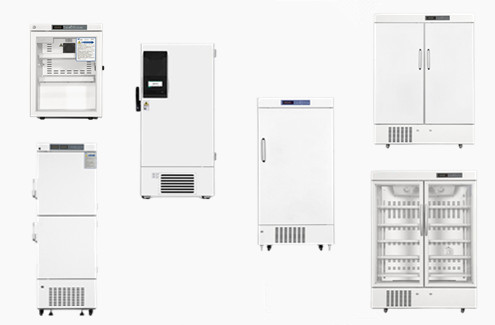
Sample storage equipment is the basis for maintaining the activity and stability of biological samples. According to the temperature section, sample storage equipment can be divided into:
2-8℃ medical refrigerator/freezer
Temperature selection is commonly used for medicines, vaccines, reagents, culture media, etc. Such samples will be stored as the temperature rises and they will undergo chemical changes. When the temperature drops, they will freeze and cause quality deterioration.
4℃ blood storage medical refrigerator/freezer
Regarding the storage temperature of whole blood and red blood cells, although low-temperature storage can help reduce the metabolic rate of red blood cells, it will accelerate glucose consumption, lead to electrolyte imbalance and affect the safety of blood transfusion. Generally speaking, the oxygen carrying capacity and oxygen affinity are high at 4°C.
-25℃—-40℃ low temperature refrigerator
Applicable temperatures for various types of plasma products and biological macromolecules. 0--60℃ is the crystallization temperature of water. The crystallization process will damage the microstructure of cells and tissues. Purified biological macromolecules can be stored within this temperature range for a certain period of time, but they cannot be used to preserve cells and tissues for a long time. Therefore, 0-60°C is usually not used as a storage temperature in biological sample banks.
-86℃ ultra-low temperature refrigerator
Common temperatures for cryopreservation of microbial strains, macromolecules, blood products, cells, tissues, etc. are lower than the crystallization temperature of water, which greatly reduces the biological activity of the sample and avoids structural damage to the sample. Based on the convenience of operation, storage capacity, Cost considerations are a common temperature for long-term preservation of the activity of biological macromolecules. -80°C is also a common applicable temperature for automated access equipment. For precious samples, part of the sample can be copied and accessed using automated equipment, and part of it can be stored in gas-phase liquid nitrogen for safe backup and manual access.
-150℃ liquid nitrogen tank, deep cryogenic refrigerator
-136°C is the glass transition temperature of water. The temperatures that these two cryopreservation containers can reach are both lower than the glass transition temperature of water. The biological activities of the samples almost stop. It is an ideal temperature for long-term storage of cell and tissue samples. At present, gas-phase liquid nitrogen storage is a commonly recommended mode internationally. Compared with electric refrigeration deep-low temperature refrigerators, it avoids large temperature fluctuations during the process of taking and placing samples, reduces repeated freezing and thawing of samples, and is also cheaper in terms of storage capacity and operating costs. It has more advantages; compared with the traditional liquid-phase liquid nitrogen storage mode, it avoids the impact of cryogenic tube bursting and cross-contamination of samples, and facilitates the development of automated equipment.
Summary
Temperature accuracy, uniformity, and fluctuation are important indicators for measuring cryopreservation equipment, which can avoid repeated freezing and thawing of samples and ensure sample activity. cialan medical refrigerator/freezer ensure the safety of sample storage.




